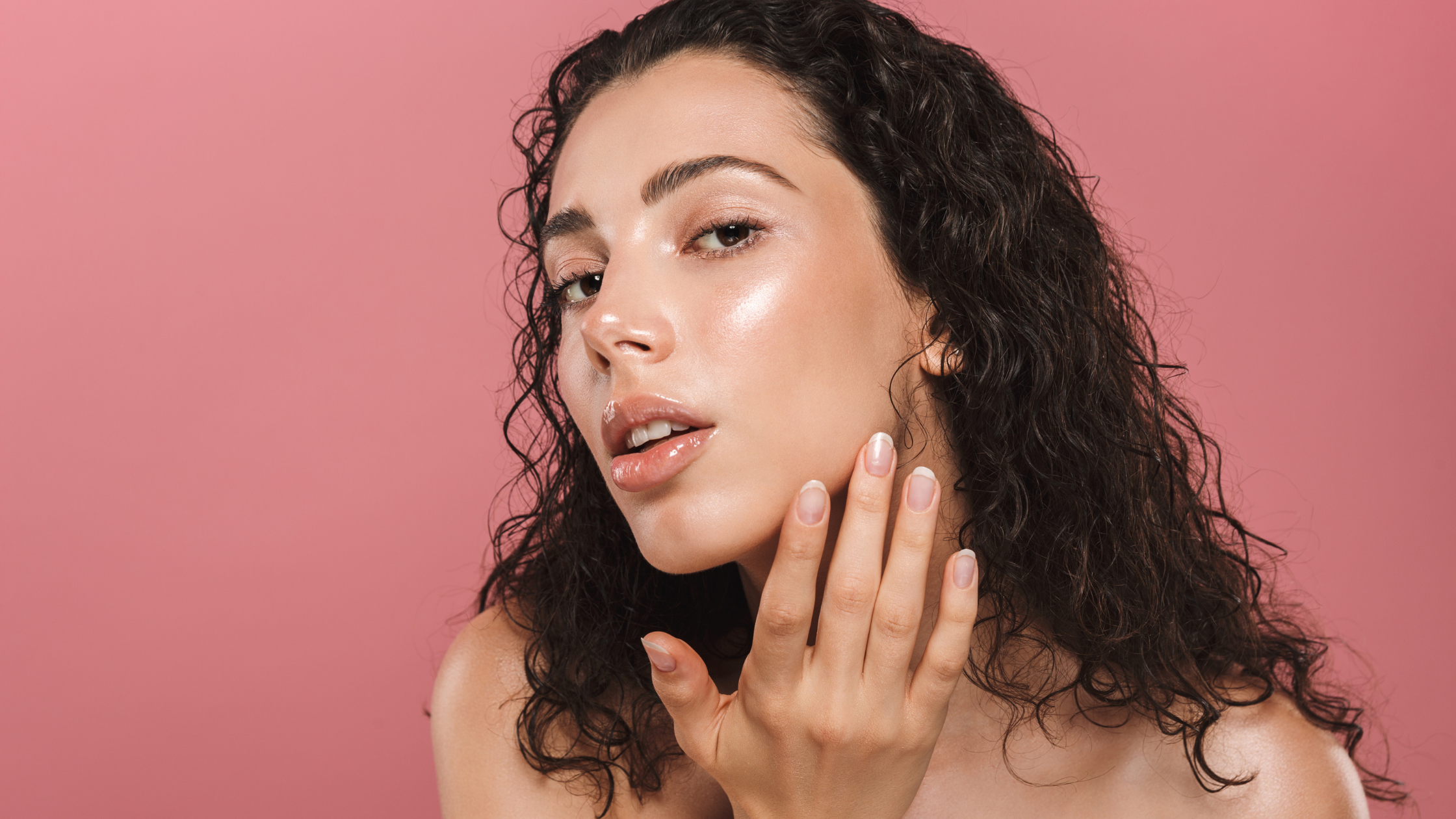
Does Kojic Acid Cause Skin Peeling?
If you’re like me and love a good skin-brightening ingredient, you’ve probably heard of Kojic Acid. This naturally derived acid from fermented rice or mushrooms is famous for tackling dark spots and hyperpigmentation. But one question I get asked a lot is: “Does Kojic Acid cause peeling?” Let's dive in and break this down!
What Exactly Is Kojic Acid?
Kojic Acid is a gentle, but effective, ingredient that works by reducing melanin production in the skin. It’s often used to brighten dark spots, fade acne scars, and even out skin tone. Unlike exfoliants like glycolic acid or salicylic acid, which physically or chemically remove dead skin cells, Kojic Acid focuses on reducing pigment over time. That makes it a go-to for anyone looking to brighten their complexion without the harsher effects of exfoliation.
So, Does Kojic Acid Cause Peeling?
Here’s the truth: Kojic Acid itself doesn’t exfoliate your skin, so it doesn’t cause peeling in the same way that traditional exfoliants like alpha hydroxy acids (AHAs) do. However, in some cases, you might experience mild dryness or flaking when using it, especially if you have sensitive skin or are using a stronger formulation. This isn't peeling due to exfoliation but rather a side effect from the active ingredient as your skin adjusts.
Essentially, while Kojic Acid doesn’t trigger the same type of peeling as exfoliants, it can still leave the skin a little dry or flaky in the early stages of use. But don't worry — this usually settles down with continued use and proper moisturizing.
How to Prevent Dryness When Using Kojic Acid
To keep your skin happy while using Kojic Acid, here’s a quick rundown of what you can do:
Moisturize generously – Since Kojic Acid can cause some dryness, be sure to lock in moisture with a good hydrating cream. Look for ingredients like glycerin, hyaluronic acid, or ceramides.
Start slow – Introduce Kojic Acid into your routine gradually, especially if you’re using it in combination with other active ingredients. This helps your skin adjust and reduces any risk of irritation.
Sunscreen is a must – Anytime you’re using brightening ingredients, your skin may be more sensitive to the sun, making sunscreen an absolute necessity. Apply SPF 30 or higher daily to protect your skin and prevent further pigmentation.
Combine with soothing ingredients – Pair Kojic Acid with calming ingredients like aloe vera or niacinamide to keep irritation at bay and support your skin’s barrier function.
Should You Worry About Peeling?
In most cases, no! Kojic Acid is a gentle skin-brightening agent that typically doesn’t lead to the kind of peeling you’d expect from an exfoliant. However, if you do notice any unusual dryness or flakiness, it could be a sign that your skin needs a little extra TLC in the form of hydration and sun protection.
And remember, it’s always a good idea to patch test any new product before fully incorporating it into your routine.
Let's Talk About SkinSetGo’s Kojic Acid Serum
Okay, now that we’re all up to speed on Kojic Acid, let me tell you about a product that takes Kojic Acid to the next level. SkinSetGo’s Exfoliating & Brightening Kojic Acid Serum (yep, my go-to!). This serum combines Kojic Acid’s brightening powers with Vitamin C (THDA) and a gentle AHA blend of glycolic and lactic acids. It’s designed not only to target dark spots but also to leave your skin feeling smooth and glowing — all while being gentle enough for daily use.
Even though SkinSetGo’s serum includes gentle exfoliants, it’s designed to hydrate as well, so you can use it confidently without worrying about irritation or excessive dryness.
Glow Confidently With Kojic Acid
To wrap it all up: Kojic Acid itself doesn’t exfoliate, and it won’t typically cause peeling. Any dryness or flaking you experience is more likely from skin adjusting to the active ingredient. With proper care — like moisturizing and using sunscreen — you’ll be well on your way to a brighter, even-toned complexion.
And if you're ready to add a brightening powerhouse to your routine, you know where to find it! 😊

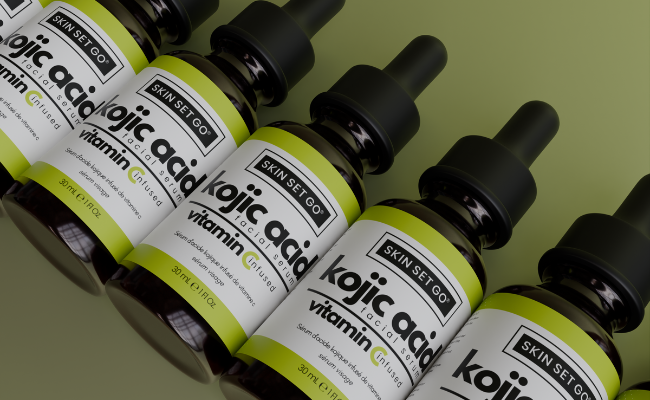
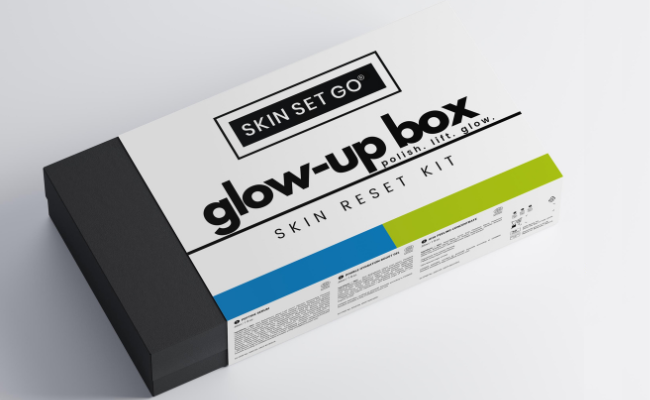


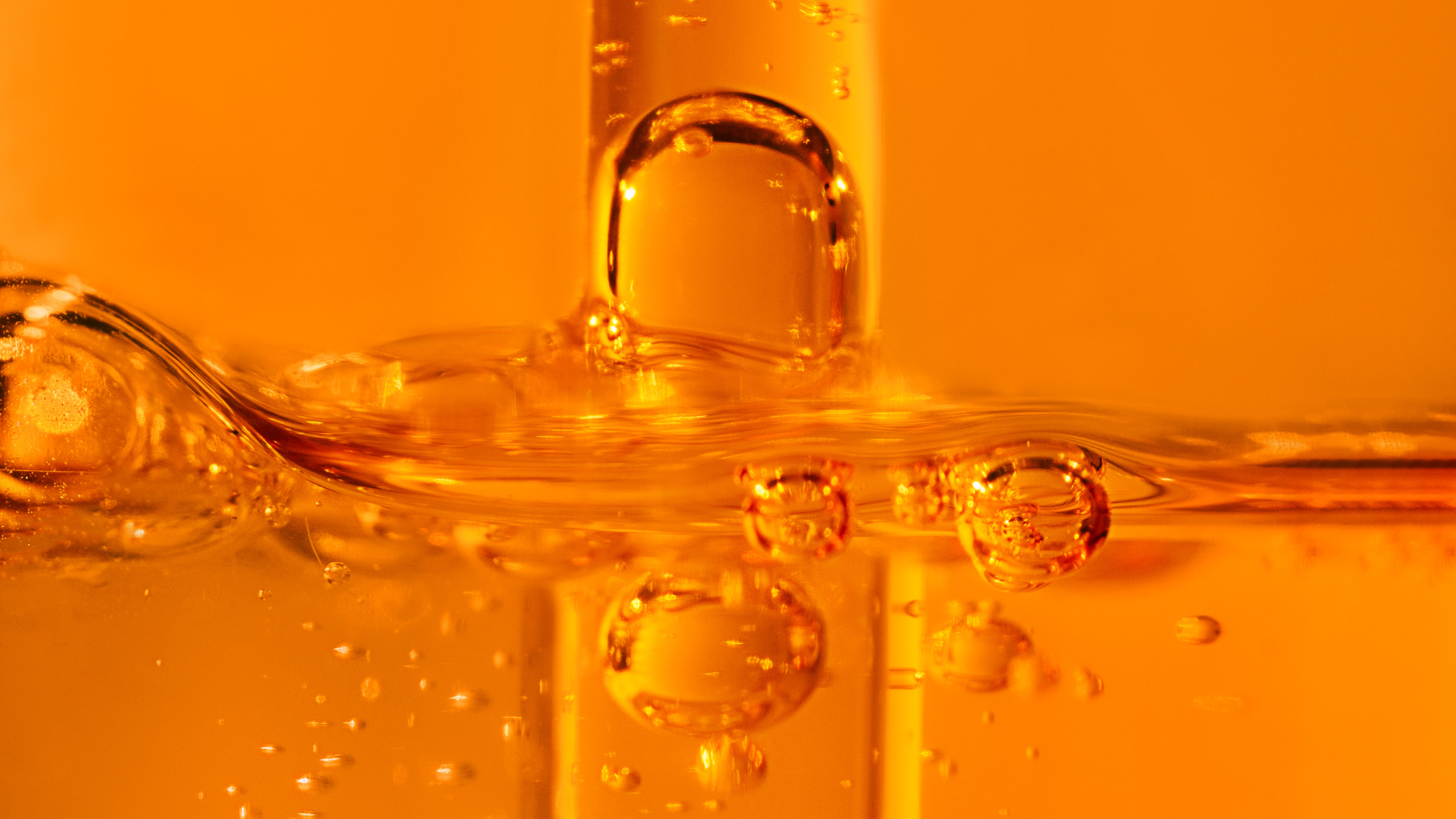
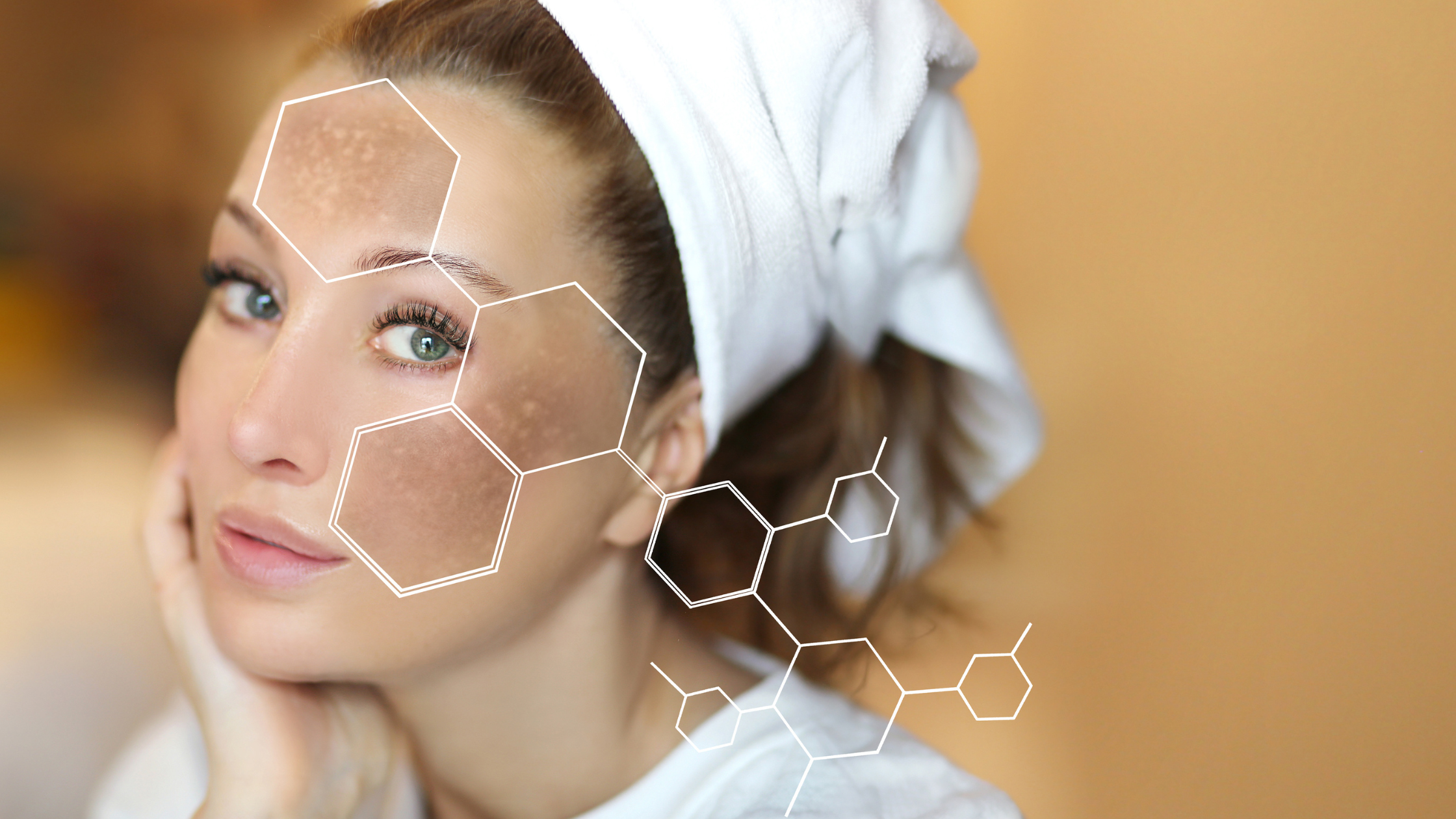
Leave a comment
This site is protected by hCaptcha and the hCaptcha Privacy Policy and Terms of Service apply.